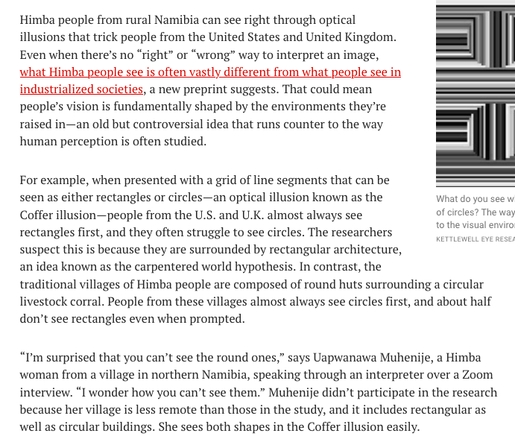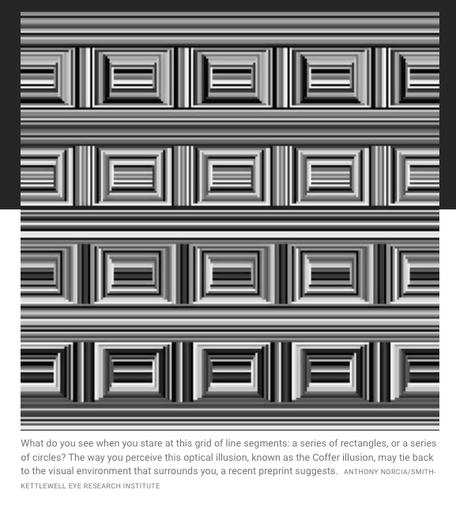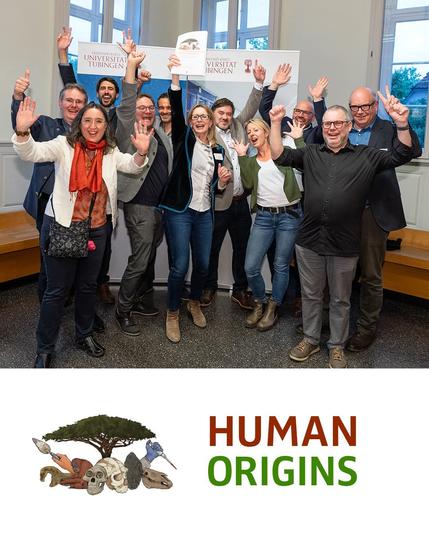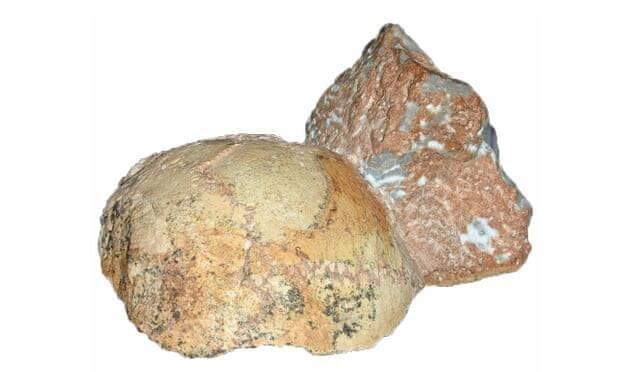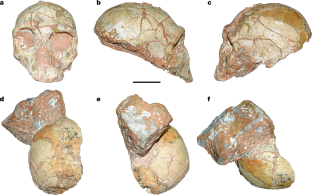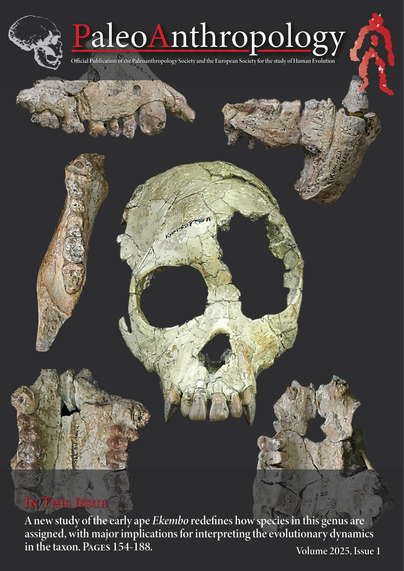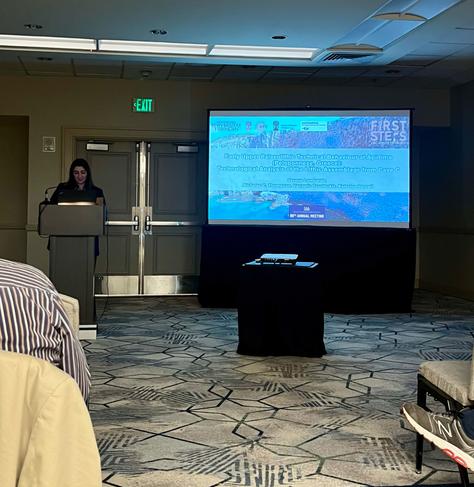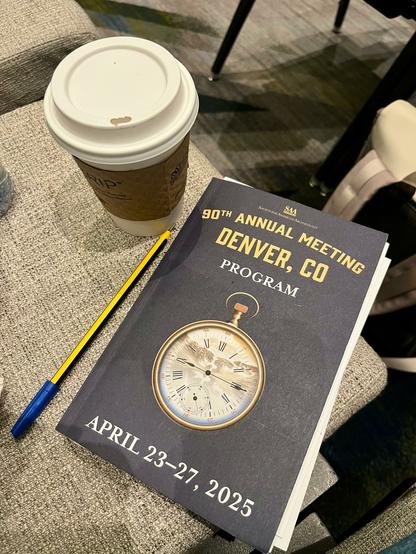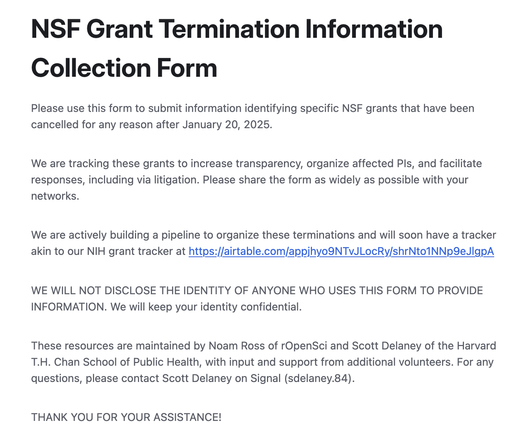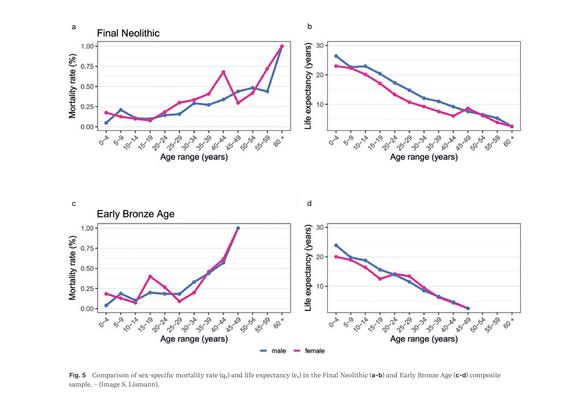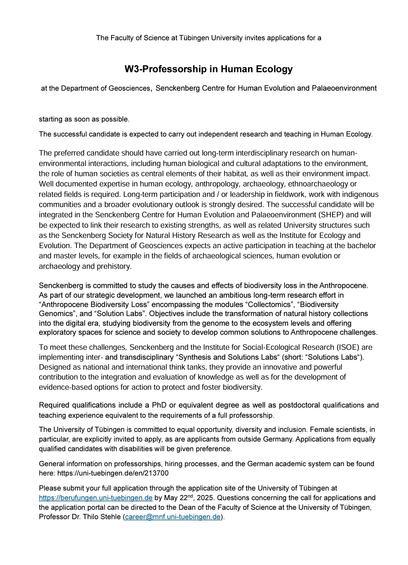Large-scale loss of Mediterranean coastal marshes under rising sea levels by 2100 https://www.nature.com/articles/s43247-025-02099-2
#Mediterranean #coastal #wetlands account for important biodiversity and ecosystem services. But climate-change induced #sealevel rise poses a critical risk to their survival. Here, we assess these risks for Mediterranean coastal marshes, one key type of Mediterranean coastal wetlands, and identify main drivers for future coastal marsh change for the Mediterranean and comparable coastlines. We apply an integrated modelling approach that accounts for future sea-level rise, sediment accretion, coastal management and marsh inland migration processes. Depending on climate mitigation scenarios, widespread coastal marsh loss is projected, ranging from 8% to 92% of current extents. For Egypt, France, and Algeria, we predict (near) total loss of coastal marshes by 2100 for current coastal management and sediment supply scenarios. Overall, losses could at least be halved if additional inland migration space were created, e.g. through passive or active habitat restoration. Bold climate mitigation and local adaptation are needed to preserve existing coastal marshes.
